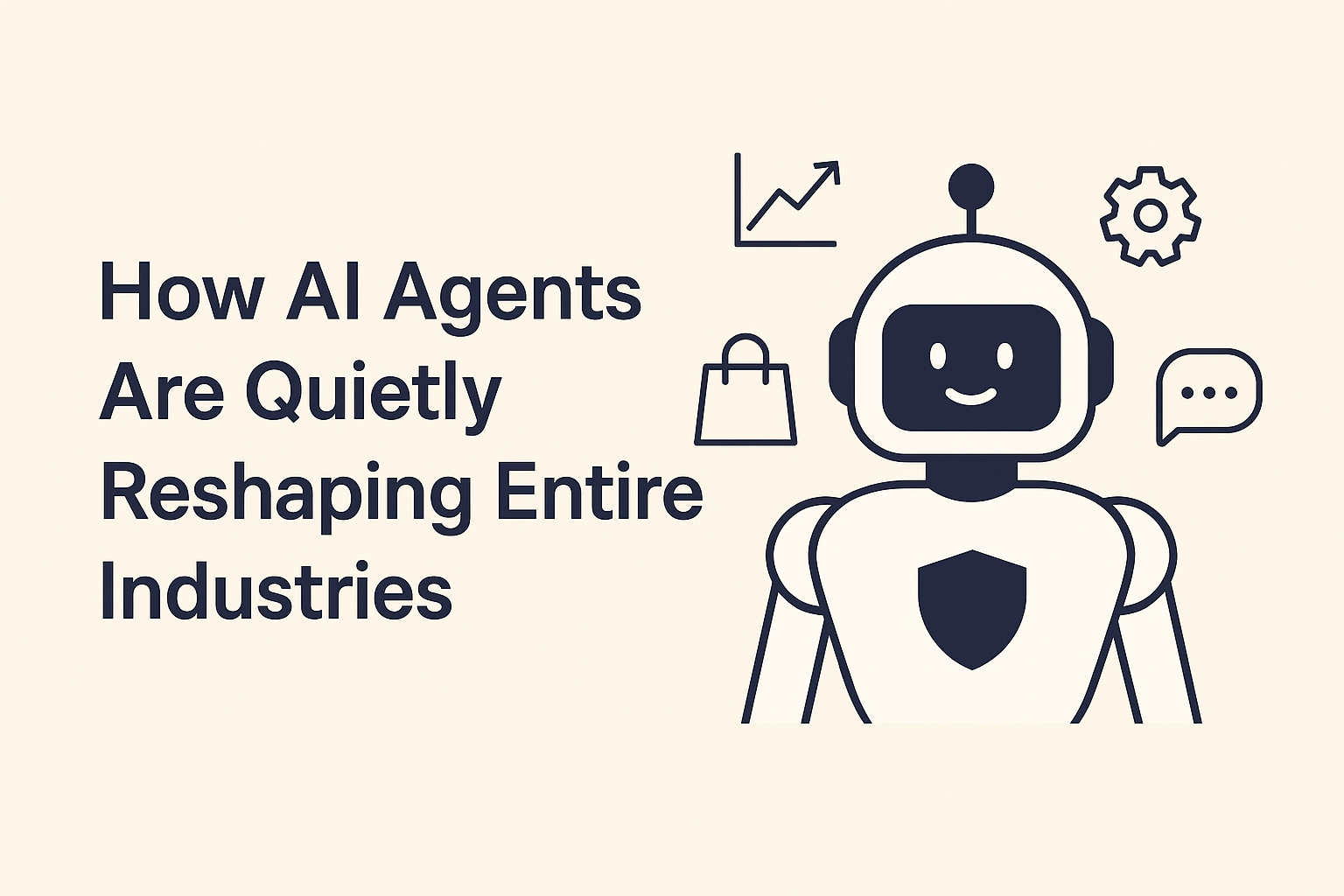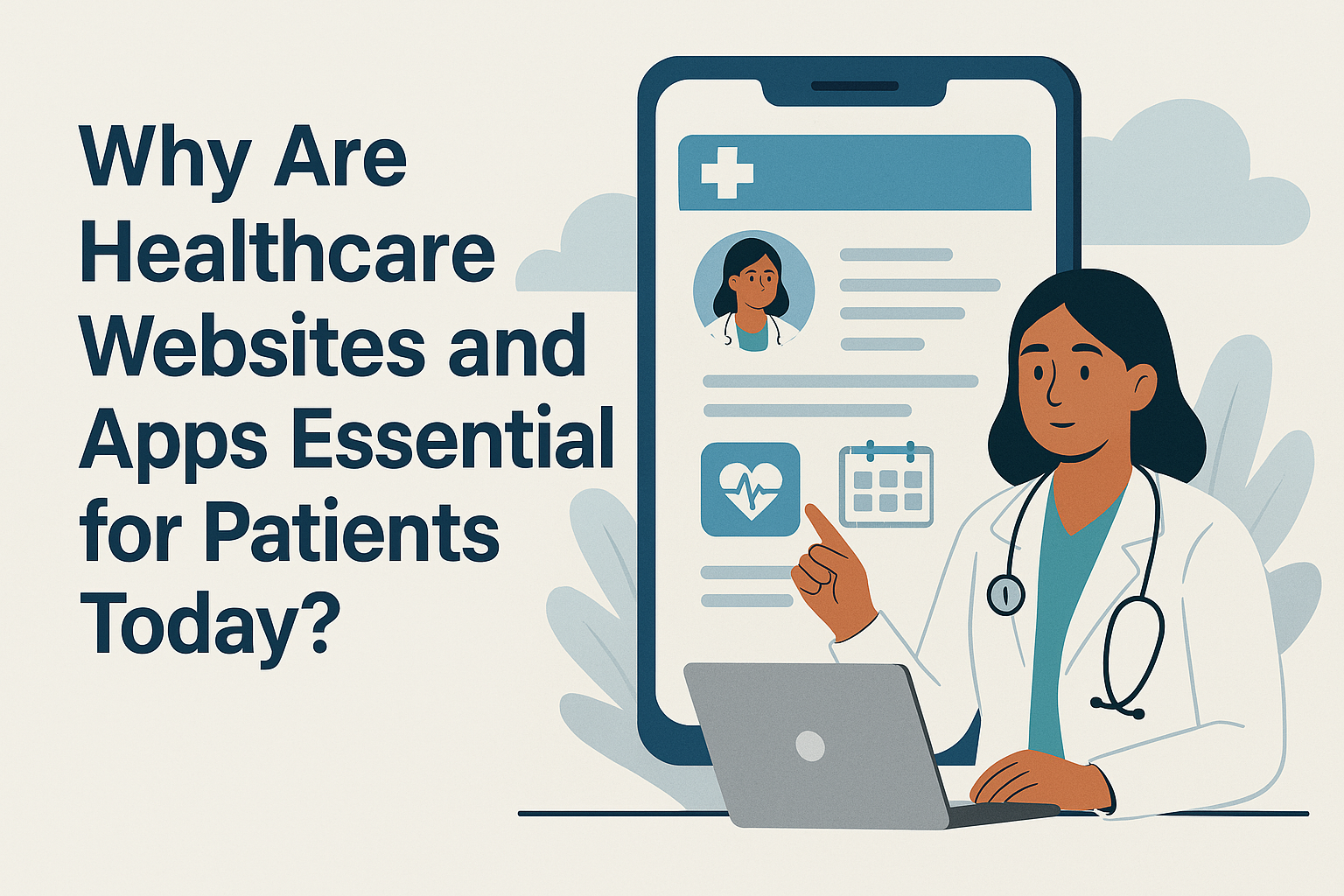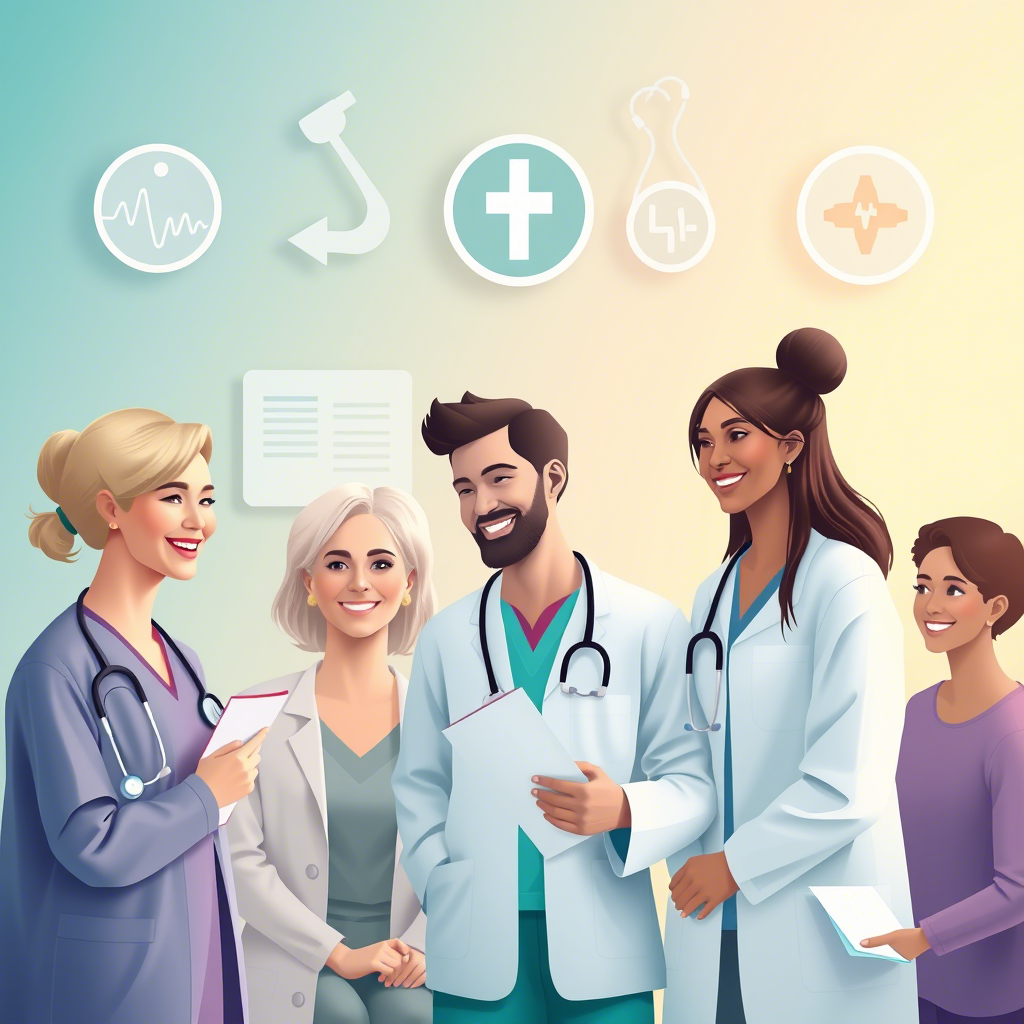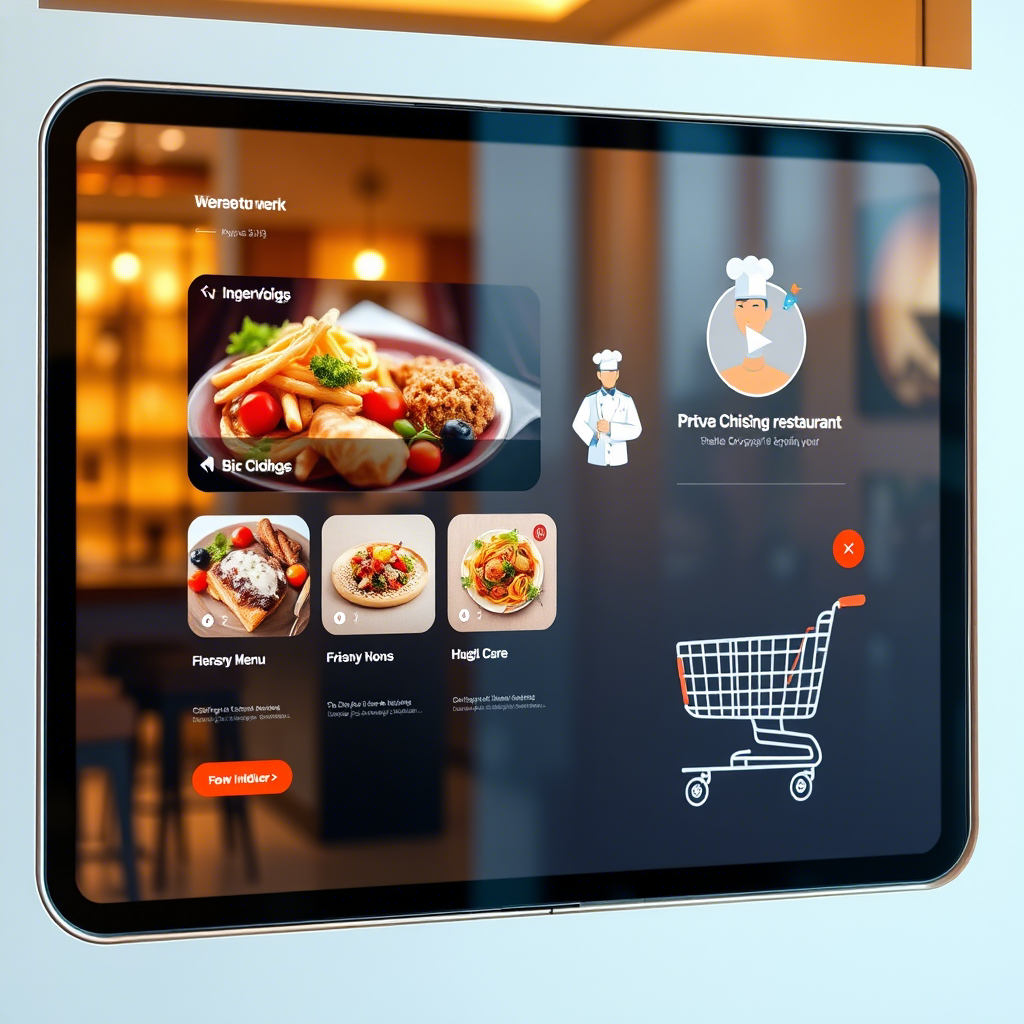You ever look around and just feel like everything’s on your phone now?
Food, cabs, your bank, your calendar, even your kid’s school updates… all just sitting there in your pocket.
But when it comes to something huge, like buying or selling property—it still feels like you have to jump through a thousand hoops.
That’s weird, right?
Because real estate is not some minor thing. It’s your biggest expense, your biggest dream, your backup plan, your future income, or your forever home.
And yet, it’s stuck in this old-school system of too many phone calls, unanswered messages, sites that don’t load properly, and listings that lie.
So yeah, building a real estate app?
It’s not just a smart investment—it’s honestly the only investment that makes sense right now.
People don’t want to drive across town just to find out a property’s already sold. They don’t want to beg agents for updates. They don’t want to keep refreshing some outdated website.
They want to feel in control. They want to look at homes in their own time. Filter by price, by area, by vibes. They want pictures that are real. Details that are helpful. A button to just book a damn visit without the drama.
And let’s be honest—everyone’s tired of noise.
People want things that just work.
Quietly. Reliably. Quickly.
So when your brand shows up in the form of a clean, easy-to-use app—it speaks volumes. It tells people:
“Hey, we respect your time.”
“Hey, we’re not here to play games.”
“Hey, we got you.”
And that feeling? That quiet sense of “okay, I’m safe here”?
That’s gold.
It’s more than tech.
It’s care.
You know what else? An app doesn’t take weekends off.
It doesn’t forget to call back.
It doesn’t judge if someone scrolls through listings at 2 AM because they can’t sleep, wondering if they’ll ever afford their first home.
It’s just there. Always. In their hand. Working for them.
You think they’re not going to remember that?
They will.
They’ll remember how easy it felt with you.
How it felt like someone actually thought about their journey.
How your app didn’t waste their time or test their patience.
That’s how loyalty starts. Not with flashy logos or big promises.
But with quiet, consistent reliability.
Now from a business point of view? Sure, the numbers make sense.
An app means better lead capture, better data, better speed. It means your agents spend less time chasing and more time closing. It means you can actually see what people are into—what price ranges they like, which locations are hot, what listings get skipped over. That’s all great.
But if you zoom out a bit…
It’s not just about faster deals or more revenue.
It’s about building something that feels right.
Something that makes people say,
“Man, why doesn’t everyone do it like this?”
That kind of feedback? That’s priceless.
Here’s the thing—real estate is already emotional.
People cry at closings.
People fight with partners over square footage.
People walk into a home and just know.
Why not lean into that? Why not build tools that honor those emotions instead of ignoring them?
An app is your way of saying,
“We see you. We know this is a big deal. We built something that respects that.”
It doesn’t have to be complicated.
You just need something that makes your people feel seen, heard, and helped.
And if you’re worried your competitors don’t have one yet? That’s your edge.
Because in a world where most businesses are still asking people to email for details or wait for a callback, you’re handing them the keys. Literally and metaphorically.
“Here. Take a look. Take your time. We’re right here when you’re ready.”
There’s power in that kind of confidence. Quiet power.
Let’s not pretend building an app is just for the tech giants.
It’s for the local agency who wants to grow.
The solo agent who wants to scale.
The brand that knows customer experience is the real game now.
It’s 2025. If your business lives in your customer’s phone, it lives in their mind too.
You become the default.
The go-to.
The trusted one.
And trust? That’s everything.
You’re not building just an app.
You’re building a relationship that doesn’t need a middleman.
You’re building a tool that saves people time, lowers their stress, and helps them make one of the biggest decisions of their lives.
It’s not a nice-to-have anymore.
It’s a basic need.
Just like location, lighting, and layout.
So yeah—build the app.
Not because it’s trendy.
But because it matters.
Because on the other end of that screen, someone’s scrolling with a tired heart, a hopeful mind, and a dream that’s waiting for a green light.
Be the brand that gives it to them.
Simple as that.
So yeah—build the app.
Not because it’s trendy.
But because it matters.
Because on the other end of that screen, someone’s scrolling with a tired heart, a hopeful mind, and a dream that’s waiting for a green light.
Be the brand that gives it to them.
And if you’re wondering how to get started—how to build something that actually feels human, not just functional—that’s where Vadavision comes in.
We’re not just a dev team.
We’re the kind of people who sit down with you, understand your market, your story, your quirks, and then build an app that actually gets your users.
Real estate isn’t just listings and buttons for us.
It’s emotion. It’s people. It’s stories.
We help bring that to life—clean design, smooth UX, lightning-fast performance, and the kind of backend your agents will thank you for. Whether you’re just getting started or scaling like crazy, we build like it’s ours.
Because we’ve seen what the right app can do for a business.
And we’d love to build yours next.








